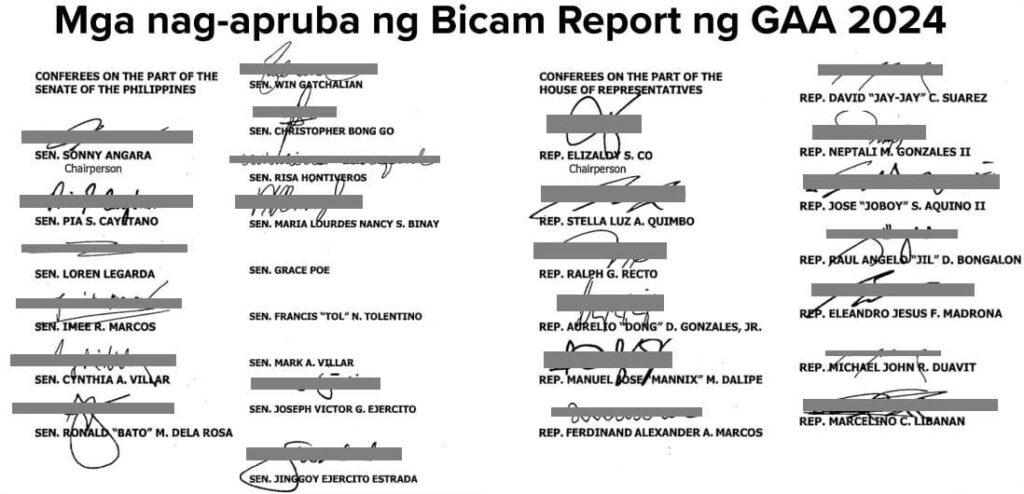I was at the National Press Club last Thursday, attending the launch of “Erap: Pangulo ng Masa—A Memoir of Close-In Photographers,” a commemorative coffee table book chronicling the short lived presidency of Joseph “Erap” Estrada. His son, Senate President Pro Tempore Jinggoy Ejercito Estrada, graced the event as the guest of honor, but the morning belonged to the two men who made the book possible—veteran photojournalists Ross Hernandez and Berting Maprangala.
Ross, a longtime colleague from my years with President Fidel V. Ramos, was one of Malacañang’s trusted close-in photographers. His tenure extended beyond the Ramos administration into the Estrada presidency, and his dedication to preserving images from that era is nothing short of remarkable. Now based in Australia, Ross made the long trip back to the Philippines to personally present the book to President Estrada—a testament to his unwavering commitment to safeguarding history. *Erap: Pangulo ng Masa* is filled with never-before-seen photographs and personal anecdotes, a collection that ensures an era that might have faded into obscurity remains documented.
Not too many people know that aside from working closely with President Ramos, I had the honor to serve three other presidents—Cory Aquino, Joseph Estrada, and Gloria Macapagal Arroyo. My role shifted with each administration, and my journey through the corridors of power gave me a unique lens through which to see history unfold. President Arroyo’s term, in particular, saw me transition into the corporate sector after six months of service—a shift that defined my career from 2001 to 2019.
Having worked closely with four Philippine presidents, I understand the weight of preserving a presidency—not just through official records but through the intimate snapshots of moments unseen by the public. Yet, the challenges of archiving are all too familiar. When I was writing *Behind the Red Pen*, my book on the FVR presidency, tracking down early photos from his term proved frustrating. The negatives and hard copies, improperly stored, suffered damage over time—victims of neglect and flooding. There were too many historical events during the early years of the Ramos presidency that I included in the book, but I had no photos to accompany the chapters. *It was frustrating. Nakapanghihinayang.* A similar fate befell the photo archives of the Estrada administration under the Office of the Press Secretary (OPS), which is the present-day Presidential Communications Office (PCO). Fortunately, Ross had his own collection, safeguarding memories that would have otherwise vanished. These included photos taken by Berting.
Out of 16,000 photographs in his archive, 362 made it into the book. A painstaking selection, each image tells a story—not just of the presidency but of the people surrounding it, the emotions captured in fleeting moments, the decisions made behind closed doors. Estrada himself recognized the significance of this effort, personally receiving his copy before the launch. At the Press Club event, Jinggoy surprised Ross with a letter from the former president, expressing gratitude for immortalizing his term through images that historians, researchers, and students can now access.
“Truly, this is a legacy preserved through the eyes of those who walked alongside me—capturing my time in Malacañang, both in public and in quiet personal moments during my presidency,” he told Ross in the letter.
I found myself reflecting on my own time covering President Estrada’s administration. My stint as his close-in reporter in 1998 was brief before Presidential Spokesman Jerry Barican appointed me as his chief writer. By the time Press Secretary Dong Puno placed me at the helm of the OPS-Substantive Group in the year 2000, Estrada’s presidency was already unraveling. Looking back now, history has blurred the specifics of his administration, but Ross’s book offers a visual anchor to those years.
One photo made me pause—a two-page spread featuring Estrada’s visit to his ailing dear friend Dolphy at the Makati Medical Center, shortly after assuming office. I was there, in the hospital room, interviewing singer-actress ZsaZsa Padilla while Estrada conversed with the King of Comedy in another corner. Seeing it again after all these years brought an unexpected smile to my face—a reminder that history is not just about policies and politics but also about personal moments that define an era.
Yet, among the most impactful images in the book, none were more haunting than the final pages—a series of photographs without captions. They needed none. The frames alone told the story: the final hours of the Estrada family in Malacañang in January 2001, their evacuation from the Premier Guest House, the tense and chaotic walk toward the ferry at the nearby Pasig River that would carry them to the Presidential Security Group (PSG) headquarters—where a convoy awaited to take them to their San Juan residence. It was the moment that marked the end of his presidency.
As I flipped through those final photographs, I found myself wondering—how did President Estrada and Senator Jinggoy feel when they saw those images? Did those moments rush back in vivid detail, or had time softened the edges? Regardless of what emotions they stirred, one thing was certain—the Ejercito-Estrada family valued the book enough to plan an even grander launch in the future. The weight of history, even in its most painful chapters, must be remembered.
Estrada’s presidency, though cut short, left its mark in ways both celebrated and contested. Among the milestones of his administration was the military campaign that led to the capture of Camp Abubakar—the main stronghold of the Moro Islamic Liberation Front (MILF) at the time. A victory declared by his government, it reshaped the conflict’s trajectory. On the economic front, Estrada’s financial team played a crucial role in stabilizing the country post-Asian financial crisis, building on the reforms introduced during the Ramos years.
Among the post-EDSA presidents, only Estrada and the late President Noynoy Aquino have had the distinction of having a photo book produced during their tenure in Malacañang. It is my hope that, in time, former Presidents Cory Aquino and Ramos will have one too—for history’s sake.
History, as it often does, debates the legacy of each presidency. But what remains indisputable is the value of preserving records—be they written or photographed—so that future generations can study and understand the complexities of leadership. Ross has made this his personal advocacy, and for that, I congratulate him, Bert, and their team on the success of their book. Their work is more than a tribute; it is a gift to history.
For comments, email jojoterencio@gmail.com




